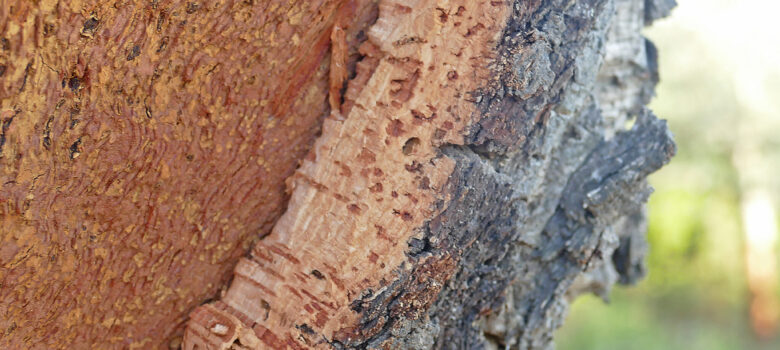
Natural building materials are gaining popularity as more people become conscious of their environmental impact and seek to minimise it. This shift towards eco-friendly construction encompasses a wide range of building fabric materials such as timber, mineral wool, wood fibre, cork, wool insulation, lime plaster and render, thatch, clay and slate roofs. In this blog post, we will explore some of these materials and their benefits, focusing on cob, straw bale, cork, hempcrete, limecrete, and green roofs.
Timber, Mineral Wool, and Wood Fibre
Timber is a highly sustainable building material when sourced from responsibly managed forests, where trees are replanted, and ecosystems are preserved. Its natural aesthetic adds warmth and character to structures, and it can be easily repurposed or recycled at the end of its life. Timber’s ability to absorb CO2 during growth and store it for its lifetime significantly reduces its carbon footprint.
Mineral wool insulation, made from natural rock or recycled slag, provides fire resistance and prevents mould growth, ensuring a safe and healthy living environment. Its excellent thermal and acoustic insulation properties contribute to reduced energy consumption and a quieter indoor environment, leading to lower energy bills and increased comfort.
Wood fibre insulation, a byproduct of the timber industry, is an eco-friendly alternative that offers high insulation performance and moisture regulation. Its breathability contributes to a healthier indoor climate, reducing the likelihood of respiratory issues and allergies caused by trapped moisture and mould.
Cork and Wool Insulation
Cork insulation is harvested from the bark of cork oak trees without causing harm to the trees or their ecosystems, allowing for sustainable resource management. Cork insulation is durable, resistant to moisture and pests, and provides excellent thermal and acoustic insulation. Its insulating properties lead to reduced energy costs and a more comfortable living environment.
Wool insulation, sourced from sheep’s wool, is a natural, renewable, and sustainable option. Its breathability helps to regulate humidity levels within a building, reducing the risk of condensation and mould growth. Wool insulation also offers superior insulation performance, which reduces energy consumption and improves indoor comfort.
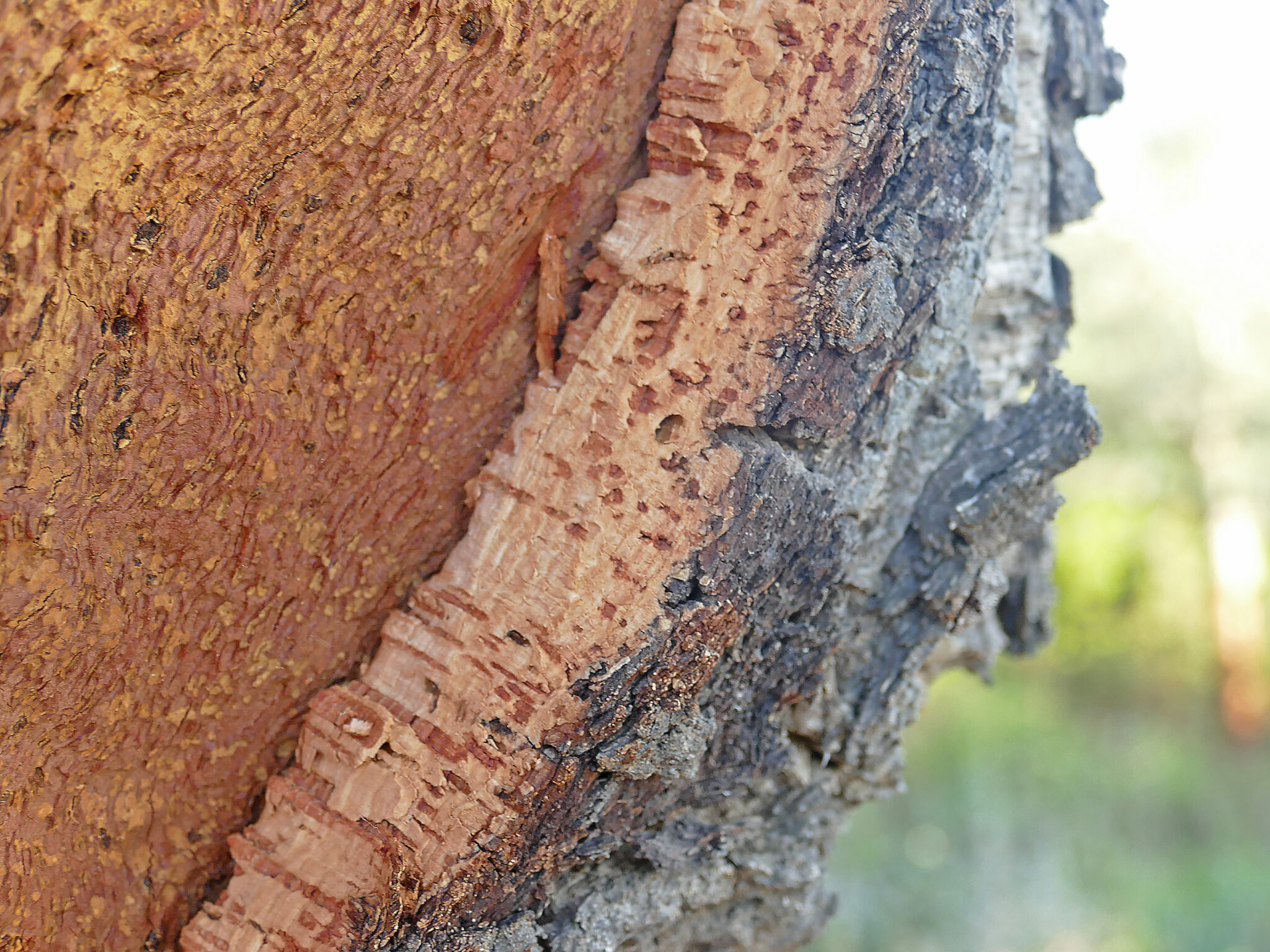
Lime Plaster and Render, Thatch, Clay, and Slate Roofs
Lime plaster and render are eco-friendly alternatives to cement-based products. Their breathability allows moisture to escape, preventing mould growth and contributing to a healthier indoor environment. Lime products have self-healing properties, which reduce maintenance requirements and extend the material’s life. Lime also has a lower embodied energy than cement, resulting in lower CO2 emissions during production.
Thatch, made from reeds or straw, is a traditional roofing material with excellent insulation and weather resistance properties. Its insulating capabilities contribute to reduced energy consumption, while its natural appearance adds charm and character to a building. Clay and slate roofs, made from natural materials, are durable, long-lasting, and low maintenance. Their minimal environmental impact over their lifespan makes them a sustainable choice for roofing.
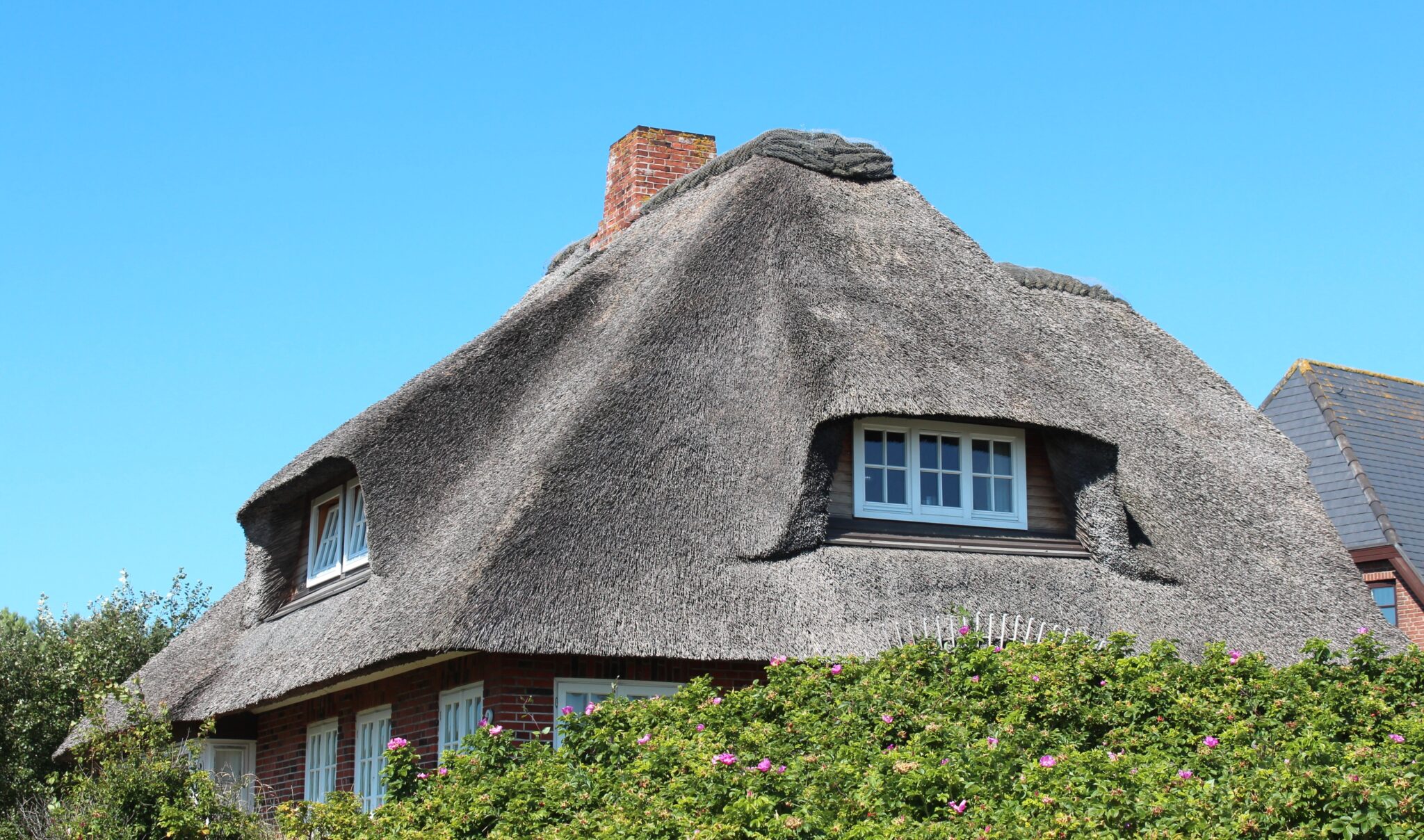
Cob, Straw Bale, and Cork
Cob, a mixture of clay, sand, straw, and water, offers several benefits as a sustainable building material. It is affordable and can be locally sourced, reducing transportation costs and emissions. Cob walls provide excellent insulation and thermal mass, helping to regulate indoor temperatures and reduce energy consumption, resulting in lower heating and cooling costs.
Straw bale construction is energy-efficient and resource-conscious. The high insulation levels provided by straw bales lead to a low carbon footprint and minimal impact on natural resources. The breathable nature of straw bale walls contributes to a healthy indoor environment, while their thermal performance ensures a comfortable living space. Straw bale construction is also relatively low-cost and can use locally sourced materials, reducing the overall environmental impact of the building process.
Cork, in addition to its insulation properties, can also be used as a building material for walls. Its thermal and acoustic insulation, as well as its resistance to moisture and pests, make it a sustainable and comfortable choice. Cork walls provide a natural aesthetic and contribute to a healthy indoor environment by regulating humidity levels and minimising mould growth.
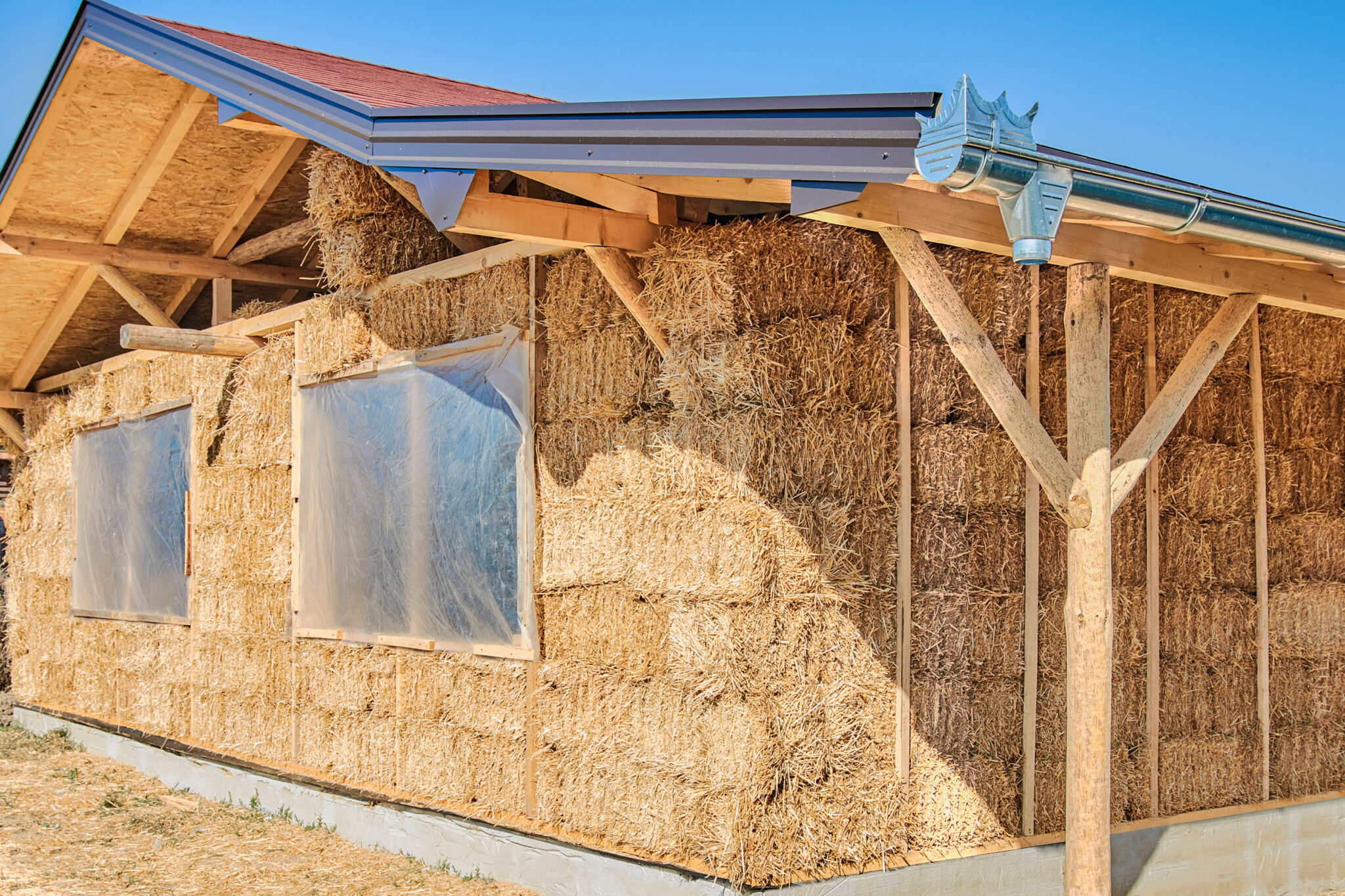
Hempcrete and Limecrete
Hempcrete, a bio-composite material made from hemp fibres and a lime-based binder, is a sustainable alternative to traditional concrete. Its lightweight nature reduces the need for extensive structural support, while its breathability offers excellent insulation and thermal mass, resulting in lower energy consumption and a comfortable living environment. Hempcrete is also resistant to mould, pests, and fire, ensuring a safe and healthy living space. As hemp is a rapidly renewable resource with a short growth cycle, using hempcrete significantly reduces the overall environmental impact of construction.
Limecrete, a mixture of lime and aggregates, is another eco-friendly alternative to concrete. It provides a breathable and flexible floor or wall system that allows moisture to escape and prevents mould growth. Limecrete has a lower embodied energy than traditional concrete, resulting in reduced CO2 emissions during production. Additionally, limecrete’s flexibility helps to accommodate ground movement, reducing the likelihood of cracks and improving the structure’s durability.
Green Roofs
Green roofs are an innovative and eco-friendly way to integrate nature into the built environment. They involve covering a roof with plants, which provide insulation, stormwater management, and habitat for wildlife. Green roofs can reduce energy consumption by providing additional insulation, which helps to regulate indoor temperatures. They also improve air quality by absorbing pollutants and producing oxygen, contributing to a healthier urban environment.
Moreover, green roofs contribute to urban biodiversity by providing a habitat for insects, birds, and other wildlife. They can also help to mitigate the urban heat island effect by reducing the amount of heat-absorbing surfaces in cities. By implementing green roofs, urban areas can become more resilient to climate change and provide a more sustainable, healthier living environment for their residents.
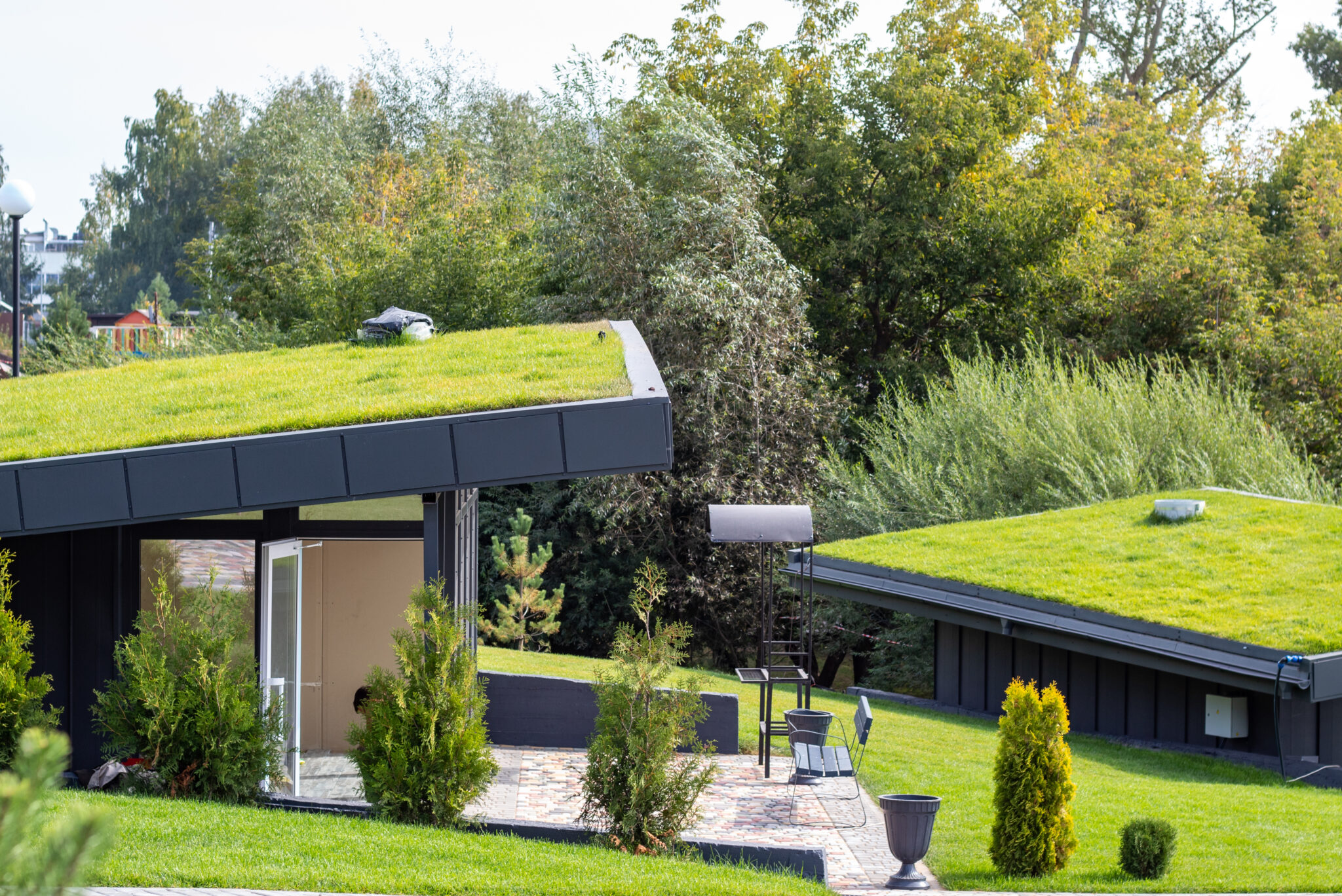
Conclusion
Natural building materials offer numerous benefits, from improved energy efficiency to reduced environmental impact. By embracing these sustainable materials, we can contribute to a greener future for our planet. Whether you are building a new home or looking for ways to upgrade your current space, consider incorporating natural building materials like timber, cork, hempcrete, or green roofs into your design. By doing so, you’ll not only create a comfortable and healthy living space but also contribute to a more sustainable world.
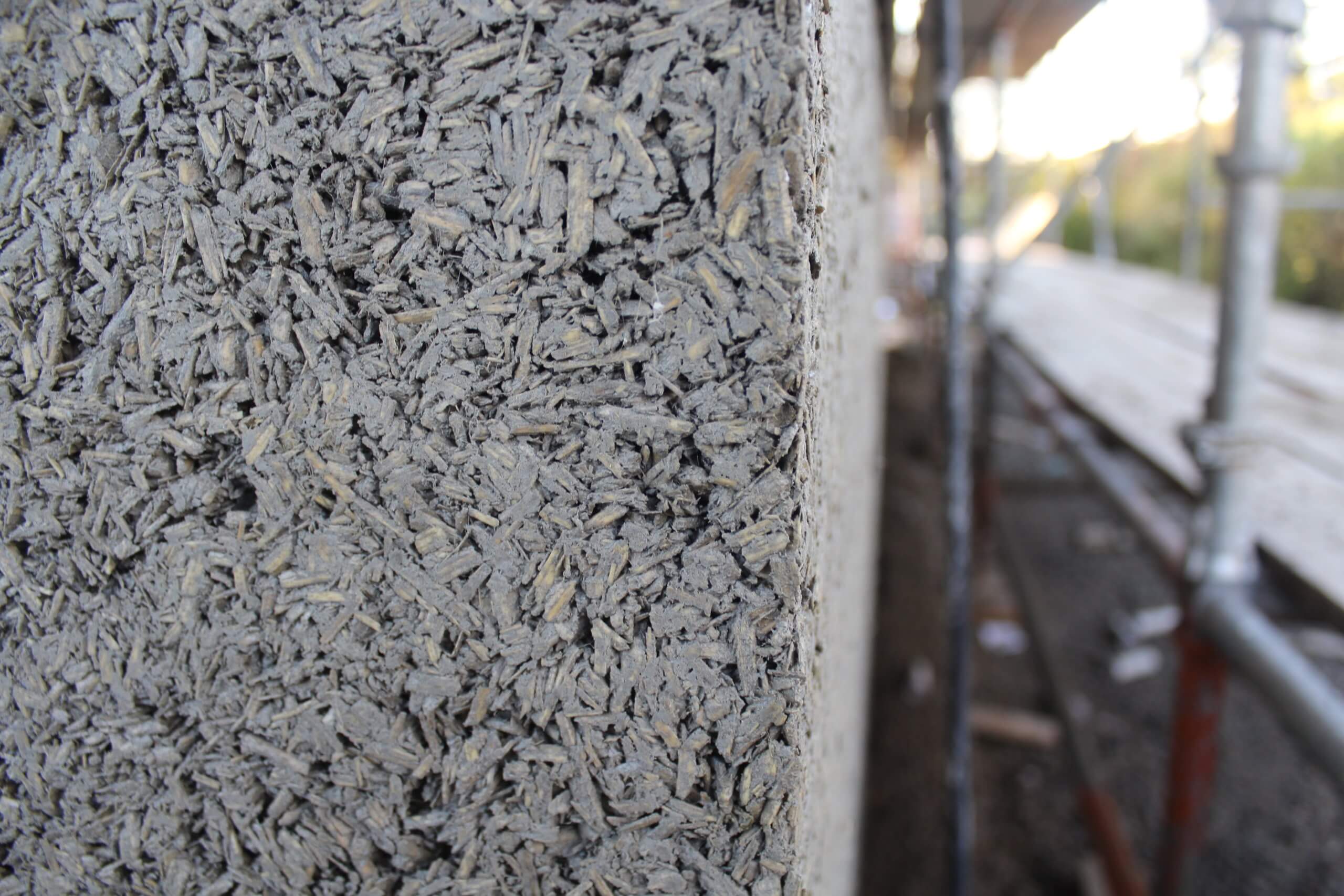





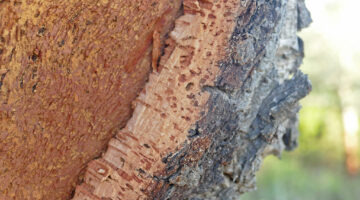






No Comments yet! Be the first one.